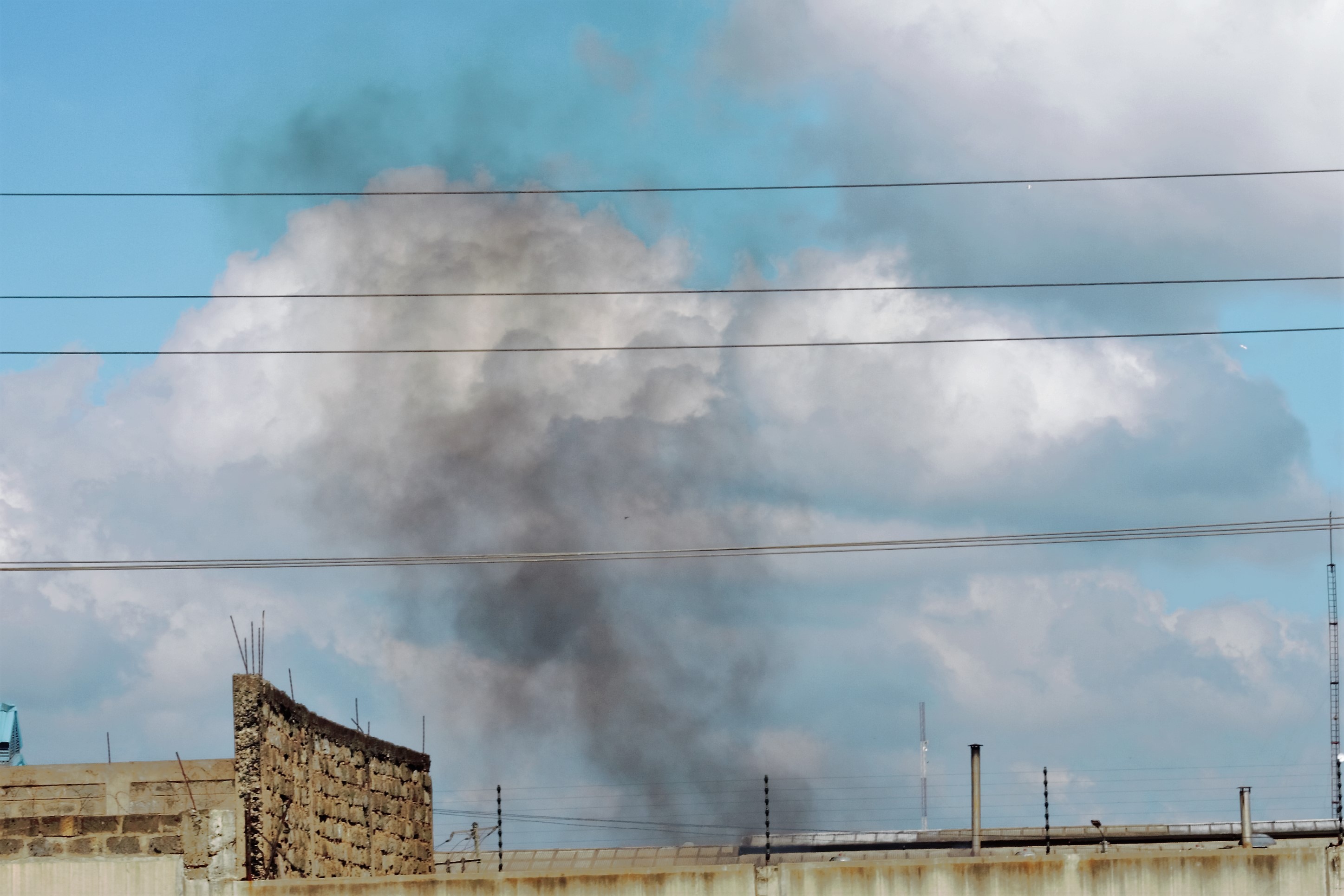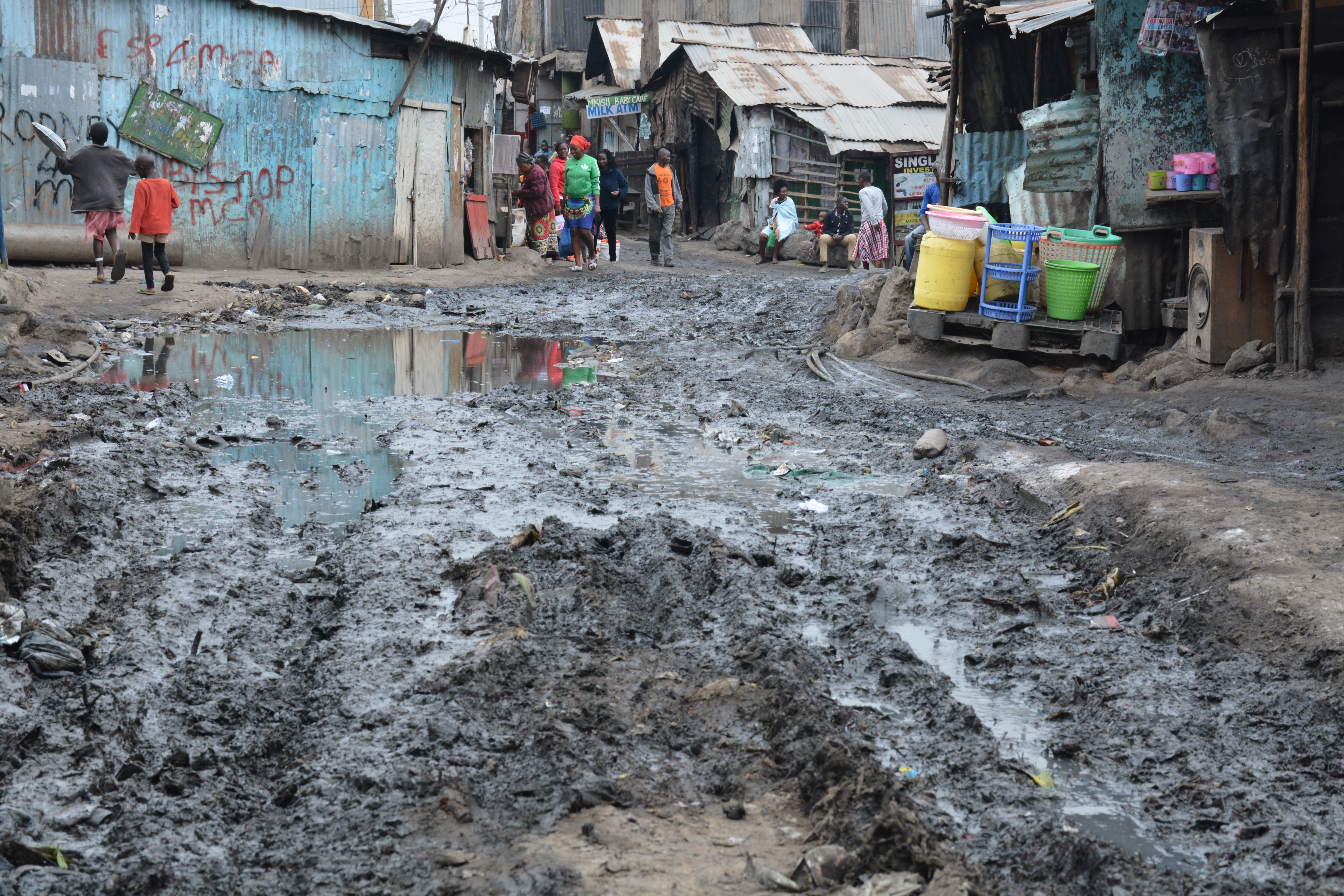Author: Cities4Children
Air pollution has devastating implications. It can increase the likelihood of childhood asthma, stunt lung growth, and can even lead to heart disease and increased rates of diabetes.
For the world’s poorest and most vulnerable, they tend to be on the frontline of air pollution.
This is partly due to the location of affordable housing and informal settlements, which are often in close proximity to industrial zones and busy congested roads. In turn, these are dusty, which are kicked up when buses and lorries roll past. Additionally, poor waste-management infrastructure results in local burning of plastic waste and e-waste (electrical or electronic equipment waste). Consequently, residents of informal settlements can be exposed to extremely high levels of outdoor air pollution.
A report in The Lancet found that the location and nature of informal settlements means that residents are at particularly high risk of being affected by infectious and non-communicable respiratory diseases. Indoor air can be additionally polluted by unclean fuel burned indoors in unventilated spaces[1], exacerbating and contributing to the development of these respiratory diseases.

One of the factories on the edge of Mukuru, Kenya. The smoke coming from the chimney is so bad that it makes people cough and leave their homes to look for somewhere with clean air (Julius Obi)
Researchers and urban planners know air pollution is a significant issue, with many wide-ranging health implications. Yet how can we transform the vast research into practical applications and solutions?
We must not tackle air pollution in isolation
When tackled in isolation, neither air pollution nor water, sanitation and hygiene (WASH) interventions are as successful as they could be. This is because informal-settlement dwellers are often exposed to multiple risks that cumulatively affect residents, including air pollution, poor waste management and environmental contamination. A successful intervention will need to tackle multiple strands.
Identify the dominant source of air pollution first
The main reason for high levels of air pollution can vary between countries, so it’s important to assess where the city is located before looking for solutions. For example in Indonesia, a major component of air pollution in the region is peat and forest fires for the palm oil industry. One way of developing understanding around the source of pollution is if non-governmental organisation (NGOs) can support research to understand the sources of pollution, using a combination of remote-sensed and ground-truthed data. It’s beneficial, therefore, for NGOs to develop relationships with local communities to support research.

Shopkeepers in Mukuru, Kenya, sometimes burn rubbish in the road. The smoke smells very bad and makes people cough and gives them a sore throat. (Dennis Waweru)
Make interventions realistic
If pollution is coming from an indoor stove, or a busy road, it can sometimes feel like the answer is obvious: open a window, or, move away from the road. But these options aren’t always possible. Opening a window in an informal settlement could result in higher incidences of outdoor air pollution, or greater risk of theft. Moving house might not be possible. Realistic interventions can be supported by conducting or commissioning research into the viability of different approaches, starting with a review of the literature, and supplementing this with local on-the-ground research to take account of lived experience and social and cultural contexts.
Collaborate with local communities
NGOs can act as a broker or communication channel between community-level work, academia, governments, and other decision makers, advocating for solutions derived from community members. Collaborating with communities is essential for gaining a holistic understanding of the issues and co-designing realistic and workable solutions.
Understand who has the power to reduce emissions
Air pollution comes from a wide range of sources. Each source of air pollution will be ‘controlled’ by a different group or entity. For example, a national government is usually responsible for electricity production and vehicle import restrictions, while city officials may be responsible for waste management and public transport. This means it’s essential to understand institutional, regulatory and governance of key air pollution-emitting sectors, and then direct suggestion and solutions at those who are best able to take action.
Embed air pollution into climate change commitments
Reducing air pollution and greenhouse gas emissions can be a win-win situation for governments. NGOs can encourage governments to incorporate air pollution into climate change commitments such as NDCs. For example, Colombia and Chile recently both enhanced their climate change mitigation ambition by including targets to reduce black carbon, a component of particulate matter that contributes to its impact on health, but also contributes to global temperature increases.
Improve maternal and post-natal healthcare
Emissions that children and infants are exposed to need to be reduced in order to alleviate health issues. The impact of air pollution on children is exacerbated in countries where infant mortality is high and childhood healthcare is limited. In these cases, strengthening health systems to reduce overall incidences of infant mortality and childhood respiratory and other diseases exacerbated by air pollution exposure will also be effective in reducing the impact of air pollution exposure on children.

This is part of the road in Mukuru Viwandani, which is always muddy because of the lack of property drainage. (Dennis Wawaeru)
Next steps
Air pollution is a major cause of premature death, and it also impacts children’s developmental trajectories and their quality of life, both as children but also into adulthood. Developing and enforcing emissions regulations from local to national and regional levels are also necessary for reducing exposure to and related health impacts from air pollution. Practitioners and researchers should work together to implement new monitoring schemes and to bring together all stakeholders to take action based on data emerging from monitoring schemes.
Read our full report here: URBAN AIR POLLUTION AND CHILDREN IN LOW- AND MIDDLE INCOME COUNTRIES
[1] Checkley, W, Pollard, SL, Siddharthan, T, Babu, GR, Thakur, M, Miele, CH and van Schayck, 22 OC (2016) Managing threats to respiratory health in urban slums. The Lancet

This work is licensed under a Creative Commons Attribution-NonCommercial-NoDerivatives 4.0 International License.

